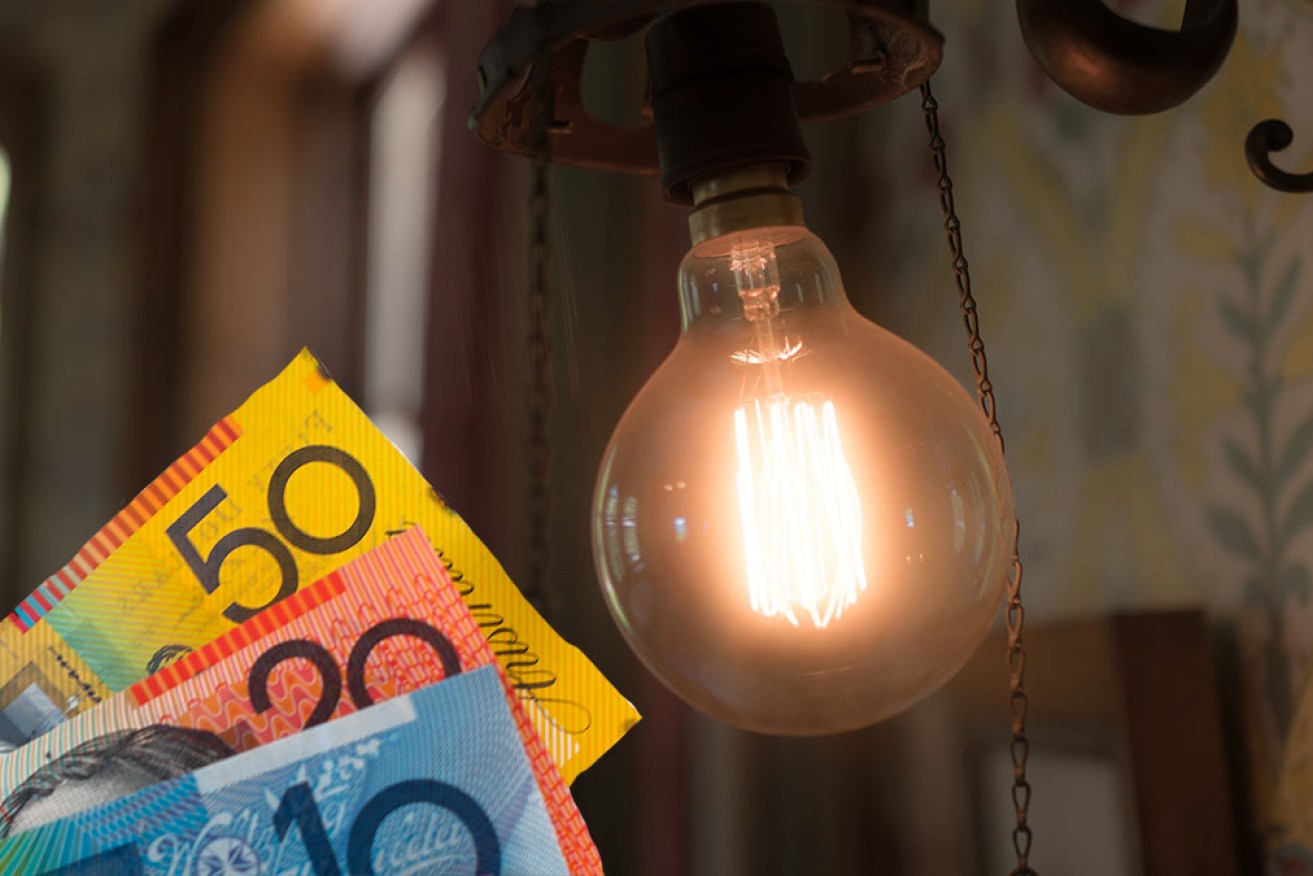Microgrids and neighbourhood power sharing set to transform how we use energy

Microgrids are transforming the way Australians generate – and share – energy. Photo: Getty
The ability to transport electricity long distances transformed the way we live, bringing cheap energy to people’s homes.
But technological advances are causing ruptures in the traditional power grid and changing the way energy is produced and shared.
Microgrids and smart energy systems are predicted to be the next big thing in electricity supply – allowing us to not only produce our own energy, but also share it with our neighbours.
Local resident Donna Jones is part of a microgrid trial, with 14 houses in her suburb set up with solar panels and subsidised batteries.
“The cost of electricity, when you’ve got solar panels on the roof, is already reduced because the majority of the power that you’re using, you’re generating yourself,” she said.
The long-term goal is that the energy generated by solar panels and stored in home batteries can be shared between neighbours, even those without their own panels.
What is a microgrid?
The electricity is then distributed through things like power lines that are connected to homes and businesses.
At its simplest, a microgrid is a small, freestanding grid – anything from a couple of buildings to a whole town or suburb.
There are two different kinds of microgrids:
- Isolated grids, which aren’t connected to the main grid, would typically be found in rural and remote areas
- Grid-connected microgrids, like the ones at Yackandandah, that generate their own power but can also sell or buy from the main grid.
Suburban transformation
On the outskirts of Melbourne’s eastern suburbs, an energy transformation is taking place – a testing ground for how our cities will use and distribute power in the future, using microgrids.
Every day, 50,000 people visit Monash University’s Clayton campus to work, study, play and live.
The biomedical building is the heart of the microgrid, housing one of the largest battery systems in the country – on its roof.
“We’re trying to replicate what will happen in a real city. This is one of the largest microgrids of its type being developed in the country,” program director of the Net Zero Initiative Scott Ferraro said.
The university is constructing energy-efficient buildings and retrofitting old buildings so they require minimal heating and cooling.
Before heatwaves, university buildings could be pre-cooled, so air-conditioning is not needed during expensive peak times.
“The digital element of energy is really allowing us to have much smarter control of when and how we use energy, with the aim to reduce system costs,” Mr Ferraro said.
Mr Ferraro said Monash University was able to deploy some of the world’s leading microgrid technologies, to showcase to others what Australia’s smart cities could look like.
“We can take a little bit more of the risk than others would want to, because we are also doing research on these systems, which is our primary business,” he said.
“So understanding how these systems work in the Australian energy market, and the business model behind them, is part of what’s of interest to our researchers as well.”
Diesel reliance
But heavy reliance on diesel generators persists despite advances in renewable energy.
Dane Thomas is manager of isolated energy at Ergon Energy, which operates 33 sites throughout remote Queensland and 17 in the Torres Strait Islands.
“One of the things we’re really pushing for is increasing renewables and increasing customer-owned renewables,” he said.
“To try and bring that cost down and to get to a place where we can continue to maintain and manage a safe, reliable network.”
“That’s … doubling the size of a solar farm, from being 250 kilowatts up to 500 kilowatts,” Mr Thomas said.
“And then we’re also increasing customer PV [solar panels] that we’ve got in that community, so that’s increasing not just a centralised but a decentralised model.”
Isolated communities falling behind
Mayor of Torres Shire Vonda Malone said the council wanted to develop renewables to save money and create local jobs.
“How can we provide those future jobs that will enable our community members, our young people, to remain in community?”
But she said they were still hoping for government support as there were very few people in the community who could afford to install solar panels at home.
“It costs a lot of money to get things to our communities. What you pay in Melbourne is four times more in our community,” she said.

















